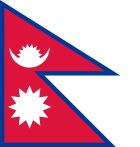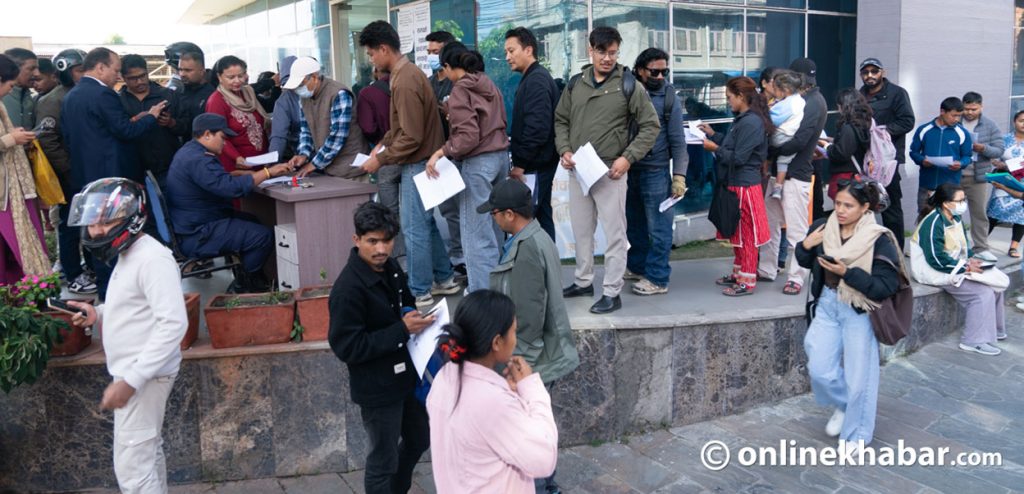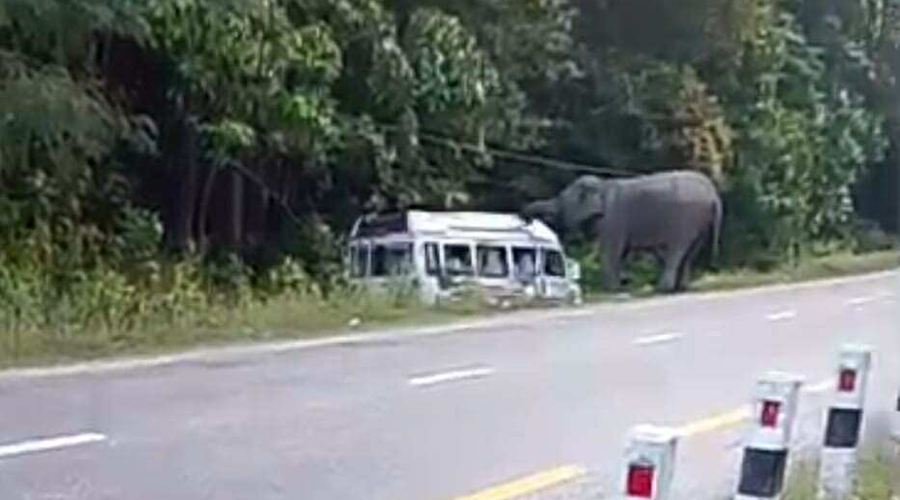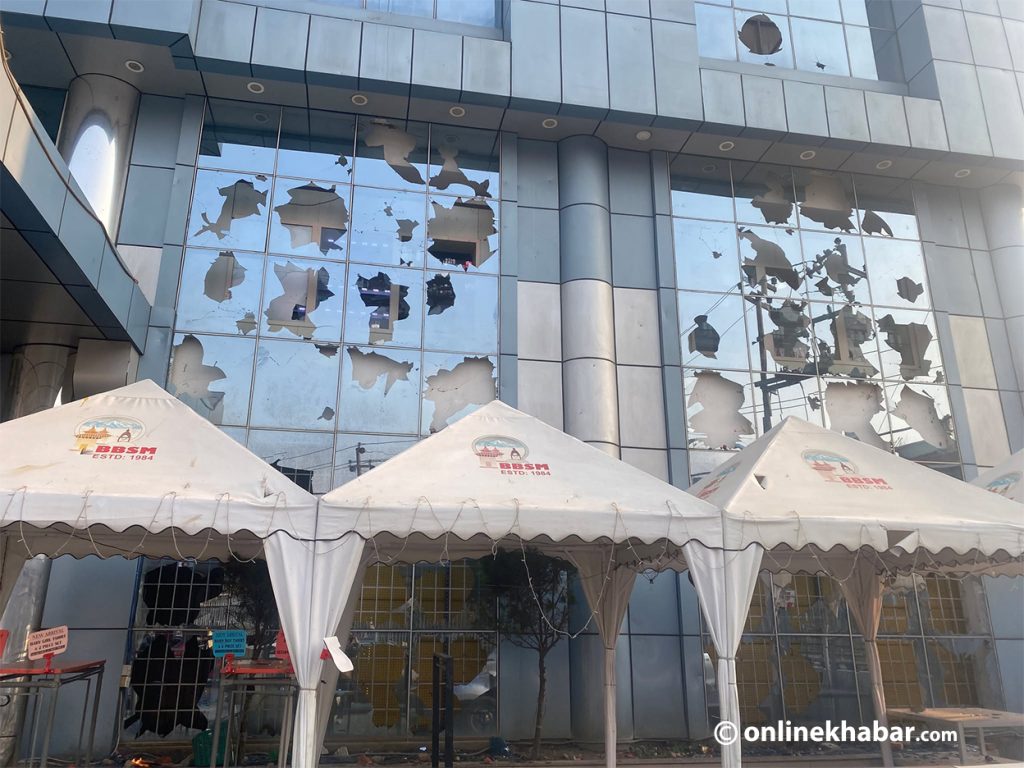
Due to the recent Gen Z upheaval it is very easy to have missed the award won by Nepal’s Female Community Health Volunteers, commonly known as FCHVs. The important contribution of FCHVs has just been recognised last month (September 2025) by the World Health Organization (WHO). FCHVs won the newly introduced WHO South-East Asia Region’s Award for Public Health Champion. The WHO states in its citation that “FCHVs are being recognized for their transformative role in improving maternal and child health, increasing immunization coverage, promoting nutrition, and managing disease outbreaks, even in Nepal’s most geographically and socially challenged regions”.
Furthermore, they are globally recognized as “a low-cost, high-impact model, the FCHV program is a replicable example of sustainable, gender-equitable, and community-led health systems strengthening”.
Many people in Nepal and elsewhere are not aware exactly how unique FCHVs are. They are one of the more successful parts of Nepal’s health system. It is a unique group of volunteers who contribute to a health care system in a poor country which seems to work better than in many other South Asian countries. India, which has a national income that is twice that of Nepal, for example, has a much poorer rural health system.
From a global perspective FCHVs are a rare group of unpaid health workers. As volunteers they contribute to the running of the health system by delivering basic tasks that are elsewhere done by paid health workers in the community. Since the women are volunteers, there are always questions about sustainability. Volunteerism is often linked to moral and religious ideals, and a sense of duty to one’s community. Everybody from local communities to health officials and politicians assume that FCHVs will just be there when needed. It also means that FCHVs are often asked to do extra health promotion tasks or recruitment for important interventions or studies.
Will the next generation of women in Nepal still be willing to act as volunteers in such large numbers? There are also questions about training and adding new tasks to existing ones. Therefore, the FCHV programme is currently being discussed with four possible strategies emerging: (1) redefining FCHV roles; (2) modernization and skills upgrade; (3) establishing permanent support and incentives; and (4) formalizing their role in crisis response.
The first strategy is revisiting the roles of FCHVs.The FCHV national survey report of 2014, and recent studies have highlighted the heavy reliance of the urban population on private healthcare thus, limiting the roles of FCHVs in urban settings. Some studies even suggested gradually phasing out urban FCHVs. Perhaps, involving a voluntary retirement scheme with dignified financial packages for older sometimes illiterate FCHVs, whilst at the same time investing in rural FCHVs and refocusing their duties to health promotion. This will relieve them of extraneous non-health community leadership tasks and unauthorized services. Furthermore, community-based studies are also suggesting developing an integrated FCHV programme that combines maternal and child health with Non-Communicable Disease (NCD) management. This integration will be a strategic investment to address Nepal’s rising NCD burden.
Secondly, FCHVs are lagging behind in terms of modernization and skills. Currently, FCHVs are receiving a short training which is simply inadequate. The national FCHV programme has undergone several revisions, which has only expanded FCHVs’ tasks. Some of the aging FCHVs bring challenges to the use of digital devices. Bridging this gap will require improving basic education by prioritizing younger recruits with at least upper primary level education and basic English language skill, as it is the foundation for digital literacy.
The third strategy is around support and incentives, as farewell packages and benefits as part of existing national policies are inadequate. Some municipalities are taking initiatives to provide a reasonable amount to the retiring FCHVs while many are still lacking such opportunities. Additionally, there are also absence of clear guidelines to improve financial and non-financial incentives. It is a matter of concern, because at the inception of FCHVs programme, FCHVs, were lured in the position by providing honorarium of 100 NRs, which was discontinued after a few years. Discontinuing the honorarium and failing to recognize its importance during a series of revisions is a fundamental oversight.
FCHVs at present are receiving some incentives for the works, however, the bitter truth is current incentives do not match their efforts and dedication. While concerns exist that increasing wages could undermine volunteerism, a fundamental balance between workload and compensation must be achieved. At present, such a balance has not been achieved and news of many FCHVs are not satisfied with present financial incentives and reimbursement are being reported. Local governments can decide to support FCHVs through incentives such as mobile and internet recharge, transportation allowances, free medical check-ups, free entrepreneurship training, awards, and ceremonies. Such measures can help to sustain the spirit of volunteerism in the FCHVs.
Finally, the FCHV programme must incorporate a crisis response. Disaster and diseases have always been two sides of the same coin for Nepal. The news of recent heavy rainfall claiming many lives in Central and Eastern Nepal, and destroying major highways will not be forgotten soon. To tackle such emergencies local disaster management committees should involve FCHVs in disaster preparedness. Although using volunteers is one of the national strategies for disaster risk management, FCHVs are not integrated in disaster risk management. In disaster prone Nepal, FCHVs are in the best position to be first responders to provide aids and reliefs since they live in a community they serve. Evidence showed that despite being under-resourced FCHVs have always played crucial roles during disaster management. However, due to lack of coordinated efforts potentials of FCHVs for crisis management remains largely untapped.
These four strategies should be considered as a framework for a sustainable FCHVs programme. FCHVs are a unique element of healthcare where high-income countries can learn from a low-income country, such as Nepal, especially since the WHO award puts this group in the spotlight.
















